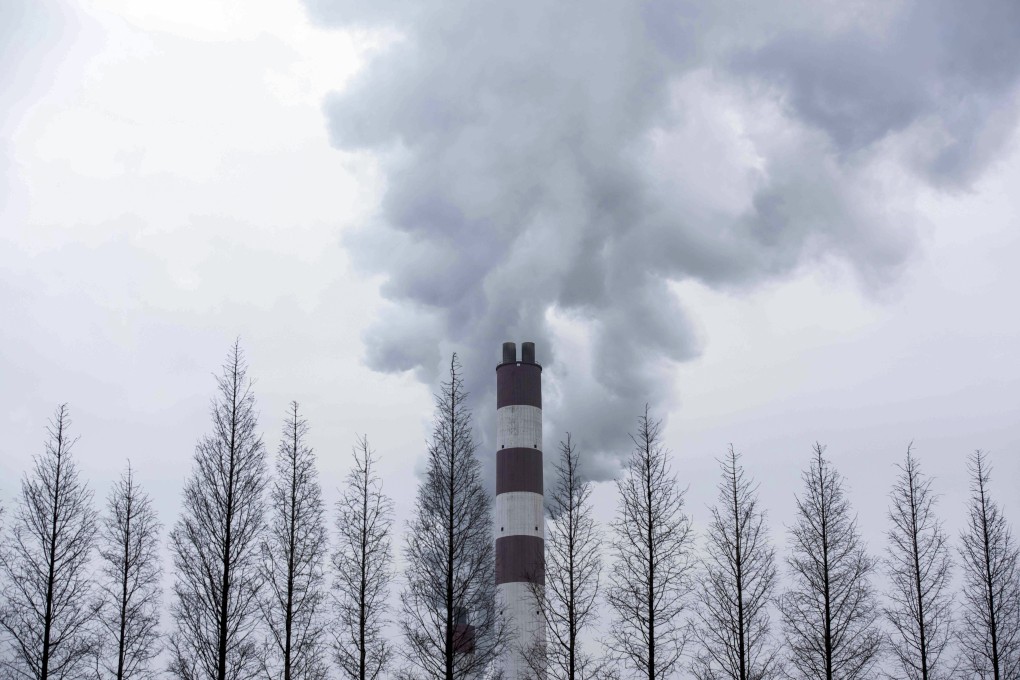Advertisement
How China’s coal power glut is clouding its carbon zero ambitions
- By adding the equivalent of one new coal-fired plant a week, China led the world in expansion of electricity from the fossil fuel last year, researchers say
- But the tide could be turning as interest wanes in the sector, according to observers
Reading Time:3 minutes
Why you can trust SCMP
5

Even for Christine Shearer, a veteran researcher on China’s energy development, the data was surprising.
Last year, when China pledged to be carbon neutral by 2060, the country built the equivalent of one large coal-fired power plant per week, adding more than three times as much new coal power capacity as all other countries in the world combined.
In addition, over 73 gigawatts of new coal power projects was proposed in 2020, five times as much as the rest of the world combined.
The assessment is part of a report released on Wednesday by Global Energy Monitor (GEM), a San Francisco-based non-profit on clean energy development, and the Centre for Research on Energy and Clean Air (Crea) in Helsinki.
Shearer, GEM programme director of coal, said no country even came close to matching China.
“[China] was home to 85 per cent of new coal plant proposals and over 75 per cent of commissioned coal power in 2020,” she said.
Advertisement